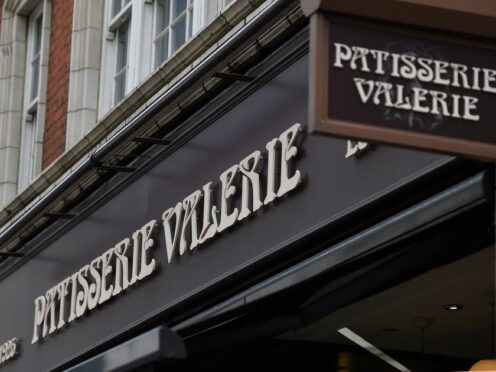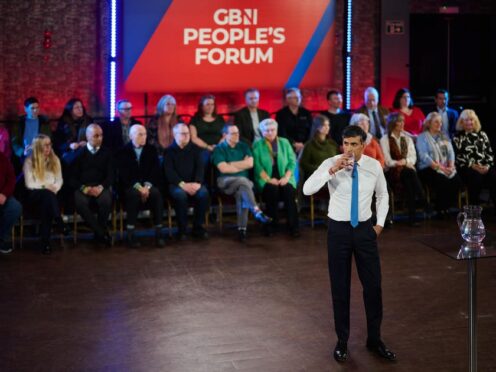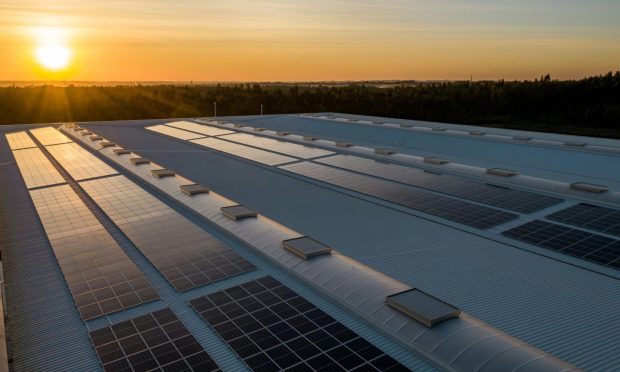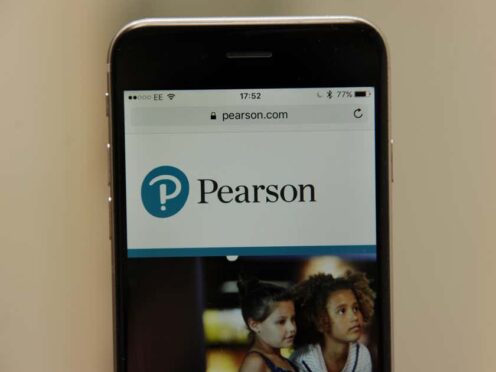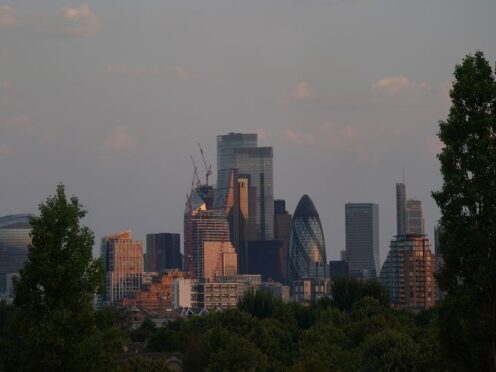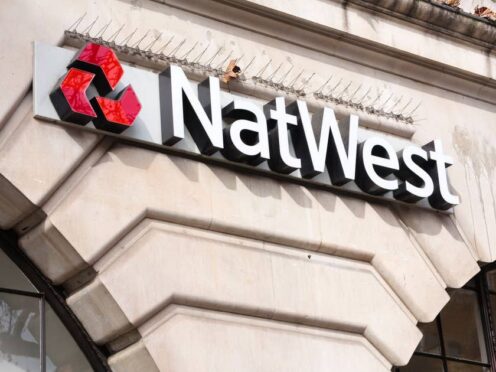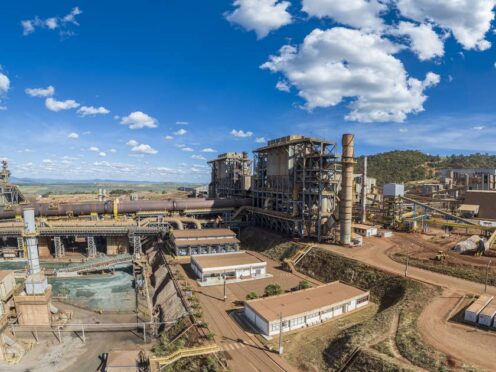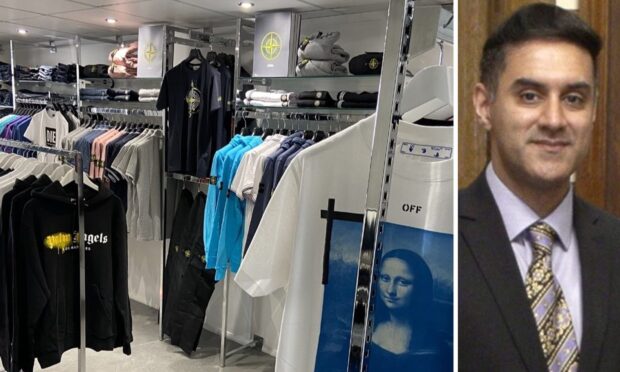Alasdair Green, a Partner and Energy Team Lead at AAB, explains that despite the “dark times” currently in the energy sector, there’s actually cause for celebration.
-
Some Press and Journal online content is funded by outside parties. The revenue from this helps to sustain our independent news gathering. You will always know if you are reading paid-for material as it will be clearly labelled as “Partnership” on the site and on social media channels.
This can take two different forms.
“Presented by”
This means the content has been paid for and produced by the named advertiser.
“In partnership with”
This means the content has been paid for and approved by the named advertiser but written and edited by our own commercial content team.
From a backdrop of major covid related challenges and changes over the past few years, and in response to the ongoing needless Russian conflict, the energy industry continues to live up to being known for its high levels of dynamism and transformation as well as its adaptability and resilience.
Recent geopolitical events have contributed to a thrust in oil and gas commodity prices reaching new levels.
Everybody is experiencing the impact of this now, from our heating and fuel bills to record inflation, which is also attributed to demand rebound coming out of the covid pandemic.
Whilst it has been openly known for many years how critically dependent much of Europe is on Russian oil and gas, not many would have predicted the complex circumstances that stem from this.
Security of energy supply is a new term that many would not have used or heard of prior to the first few months of this year, but now it is a critical item on the agenda of most European countries, including the UK.
Each country has different energy sector circumstances, and, in the UK, we can be blessed to have an industry that is not only mature, resource rich, relatively stable and established, but is also becoming increasingly diverse, innovative and more balanced. It’s far from perfect but in the UK, we are arguably more fortunate than many.
From an energy transition and net-zero perspective, like it or not, it seems that soon the reality of the energy industry is that its various sectors from hydrocarbons to renewables require a finer balance, with a bit more give and take to solve problems today and to achieve our long-term objectives.
One thing that is most likely certain is that the journey to energy transition may not be as clean cut as many would have hoped for.
High hydrocarbon commodity prices have given oil and gas producers an incentive to increase their commitment to exploration, development and production.
This is in reaction to major problems today that are beyond our control but, for those operating in this sector, it could be the last big chance to realise their potential.
Crucially, these companies will also be contributing to a security of supply solution.
Investors and society will be watching carefully as it is the expectation now that these companies will be reinvesting more into broader, cleaner energy technologies for the longer term.
In parallel to the hydrocarbons sector, it is pleasingly evident that renewable energy is equally much higher in demand.
The unique situation today where both sectors are in high demand would have been unlikely at any point in the past should the world events we are experiencing today occurred then.
The covid pandemic has helped create a massive shift towards sustainability and greener, cleaner energy – and so here is an opportunity now for renewables to contribute towards security of energy supply alongside and in competition with traditional hydrocarbons.
Today, not only is there more cleaner energy technology in use and being developed than ever before, but there is also a much larger and growing investor community in this sector too.
Even traditional oilfield service companies have their sights on investment and revenue streams in everything from wind to solar and geothermal energy.
Key to finding the best solutions that address security of energy supply will be the technologies that offer the greatest baseload potential and those whose costs can be brought down far enough to allow competition with traditional energy markets.
And key to this is ongoing wider collaboration and investment that we are seeing today from across all the energy sectors.
In these challenging and dark times, this is something to celebrate.

